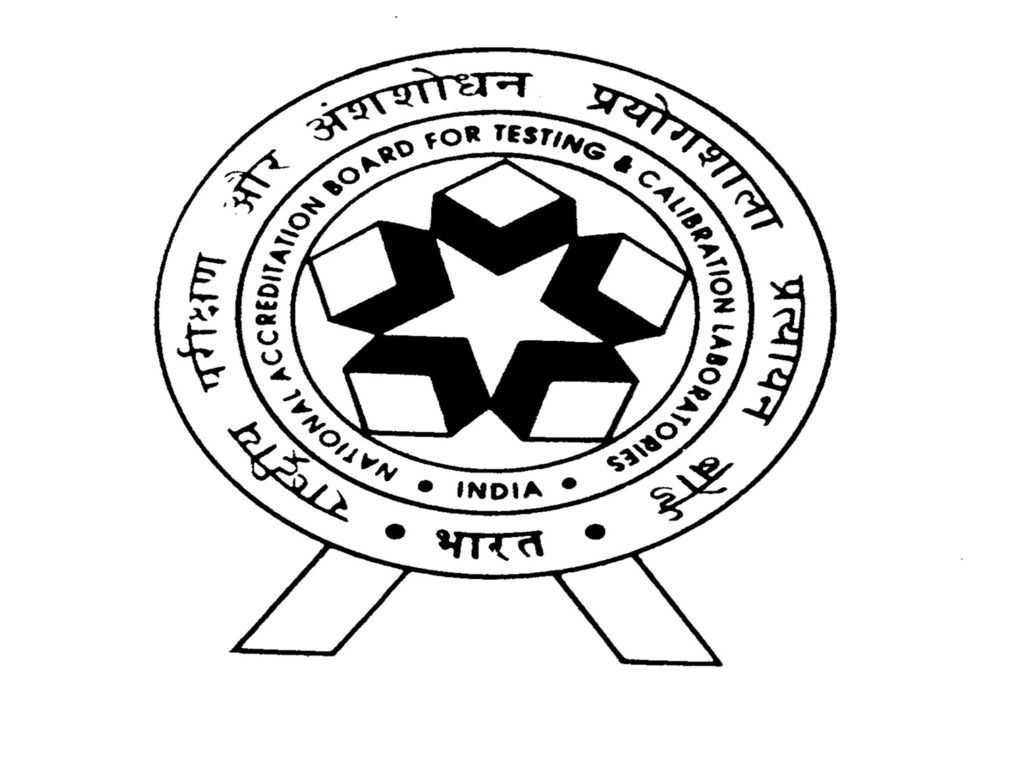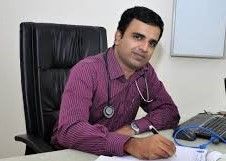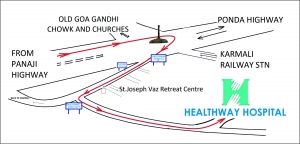
BRONCHOSCOPY, PULMONARY FUNCTION TEST
BRONCHOSCOPY
Bronchoscopy is a procedure where doctors look at the patients lungs and air passages. It is usually performed by our chest physician who is a specialist in lung disorders (pulmonologist). During bronchoscopy, a thin tube (bronchoscope) is passed through the nose or mouth, down the throat and into the lungs for diagnostic or therapeutic purposes.
Bronchoscopy increases the reach of the physician to provide a diagnosis in patients with lung disease.
It is a minimally invasive procedure routinely done by pulmonary physicians.
Infections, cancers, inflammatory conditions, sarcoidosis and lymphoma can all be diagnosed by bronchoscopy.
PULMONARY FUNCTION TESTS (PFT)
These are a group of tests that measure how well our lungs work. This includes tests to indicate how well we are able to breathe and how effective our lungs are able to carry oxygen to the rest of your body. Doctors use these tests in order to evaluate the patient’s lungs in the case of lung problems or exposure to certain environment which may be harmful to the lungs. These tests measure lung volume, capacity, rate of flow and gas exchange.









